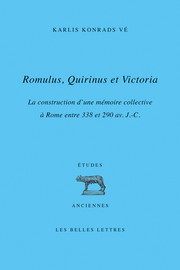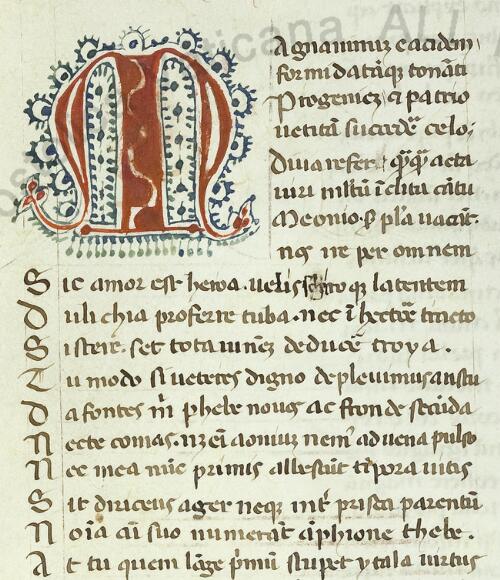The Royal Library of Belgium (KBR; Nomisma URI: http://nomisma.org/id/kbr) is the newest organization to join the Nomisma.org consortium, providing data for about 750 Roman Republican coins in its collection to Coinage of the Roman Republic Online. The Royal Library of Belgium is one of the largest numismatic collections in Europe, with more than 200,000 objects, and the first Belgian institution to make part of their collection available as Linked Open Data to Nomisma. We hope to integrate their Roman Imperial and Greek coins in other type projects eventually.
A KBR coin (Inv. II, 64.869) linked to RRC 250/1 There are now nearly 60,000 coins available in CRRO (connected to about 2,000 types), making it the most comprehensive resource of its type on the web.
The Classical Language Toolkit (CLTK) is a Python library offering natural language processing (NLP) for the languages of pre–modern Eurasia. Pre-configured pipelines are available for 19 languages.
Maintainers
Academic Advisors
- Neil Coffee, University at Buffalo (Associate Professor of Classics); Tesserae (Principal Investigator)
- Gregory Crane, Universität Leipzig (Humboldt Chair of Digital Humanities), Tufts University (Professor of Classics); Perseus (Editor–in–Chief) and Open Philology (Director)
- Peter Meineck, New York University (Associate Professor of Classics); Aquila Theatre (Founder), Ancient Greeks/Modern Lives (Founder, Director)
- Leonard Muellner, Brandeis University (Professor Emeritus of Classical Studies); Center for Hellenic Studies (Director of Publications, Information Technology and Libraries)































